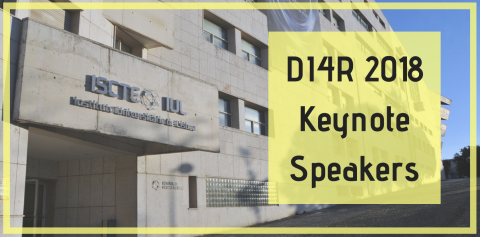EGI-EUDAT interoperability
Date:
Wednesday, September 28, 2016 - 11:30
The EGI-EUDAT collaboration started in March 2016 with the main goal to harmonise the two e-Infrastructures, including technical interoperability, authentication, authorisation and identity management, policy and operations. The main objective of this work is to provide end-users with a seamless access to an integrated infrastructure offering both EGI and EUDAT services and then, pairing data and high-throughput computing resources together.
To define the roadmap of this collaboration, EGI and EUDAT selected a set of relevant user communities who are already collaborating with both infrastructures. These user communities are able to bring requirements and help assign the right priorities to each of them. In this way, the integration activity has been driven by the end users from the start. The identified user communities are relevant European Research infrastructure in the field of Earth Science (EPOS and ICOS), Bioinformatics (BBMRI and ELIXIR) and Space Physics (EISCAT-3D).
The first outcome of this activity has been the definition of a universal use case that covers the user needs with respect the integration of the two infrastructures previously identified. This use case permits a user of either e-infrastructure to instantiate a VM on the EGI Cloud Federation for the execution of a computational job consuming data preserved onto EUDAT resources. The results of such analysis can be staged back to EUDAT storages, and if needed, allocated with Permanent identifiers (PIDs) for future use. To implement all the steps of this use case the following integration activities between the two infrastructures has to be fulfilled: (1) harmonisation between the authentication and authorisation model, (2) definition and implementation of the interfaces between the involved EGI and EUDAT services.
The first phase of the implementation of this use case has been demonstrated at the EGI Community Forum 2015 (Bari, IT). In addition, two pilot use cases (EPOS and ICOS) have been selected to drive the implementation and validate the results.
Presenter: Michaela Barth, Matthew Viljeon
Download presentation:



